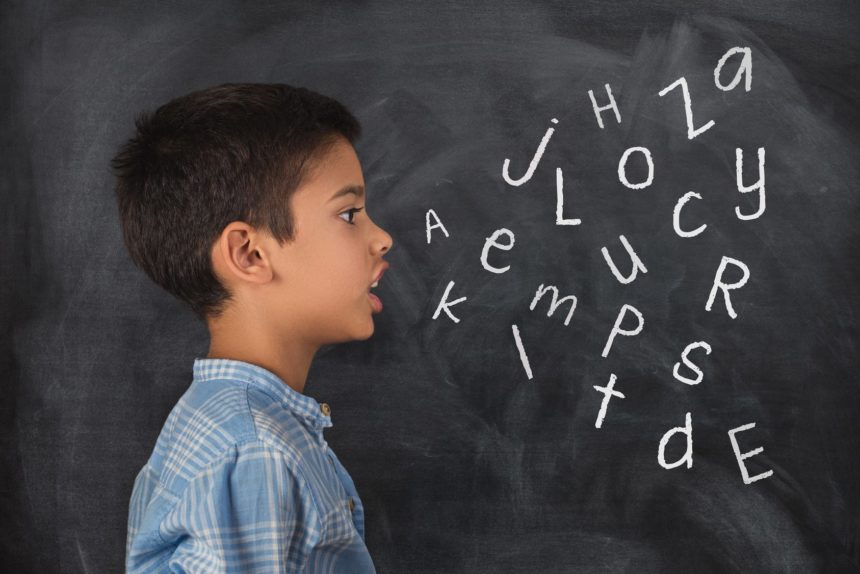Unleash the Imagination: Creative Storytelling in the Early Years

Storytelling is a magical bridge that transports children to worlds of wonder, igniting their imaginations and nurturing a lifelong love for language and literature. In early years education, creative storytelling is a powerful tool that can awaken curiosity, stimulate cognitive development, and instill a deep appreciation for the art of storytelling. Let’s embark on a journey into the enchanting realm of creative storytelling in the early years.
Why Creative Storytelling Matters:
- Language Development: Storytelling exposes children to a rich and diverse vocabulary, enhancing their language skills. They learn new words, phrases, and sentence structures in a context that makes sense to them.
- Cognitive Growth: Storytelling encourages critical thinking as children follow the narrative, make predictions, and draw conclusions. It also improves memory as they remember the plot and characters.
- Imagination and Creativity: Creative storytelling invites children to use their imagination to visualize the story’s events, settings, and characters. This fosters creativity and expands their capacity to think beyond boundaries.
- Empathy and Emotional Literacy: Stories often explore complex emotions and moral dilemmas. Listening to and discussing stories helps children understand and empathize with different perspectives and emotions.
- Communication Skills: Storytelling provides an opportunity for children to express themselves verbally. Encouraging them to retell stories or create their narratives promotes effective communication.
Ideas for Creative Storytelling in the Early Years:
- Story Baskets: Fill baskets with objects related to a particular story or theme. As you tell the story, reveal these objects one by one, engaging all the senses and making the story come to life.
- Puppetry: Use puppets to act out stories. Children can create their characters and narratives, promoting imaginative play and collaboration.
- Story Stones: Paint or draw images on stones or wooden blocks to represent different story elements. Children can pick stones at random and incorporate them into a story.
- Interactive Stories: Invite children to participate in the storytelling process. Ask questions like, “What do you think happens next?” or “Can you tell me a story about this picture?”
- Nature Stories: Take storytelling outdoors. Explore natural settings like gardens, parks, or forests, and weave stories around the elements you encounter.
- Multilingual Storytelling: Embrace cultural diversity by incorporating stories from different cultures and languages. This promotes inclusivity and expands children’s worldview.
- Digital Storytelling: Use age-appropriate digital tools to create multimedia stories. Children can use photos, drawings, and their voices to craft digital narratives.
Storytelling Tips for Educators:
- Engagement: Maintain eye contact and use expressive gestures and voices to captivate your audience.
- Encouragement: Create a supportive environment where children feel confident sharing their stories, whether through words, drawings, or actions.
- Flexibility: Adapt your storytelling style to the interests and needs of the children. Be open to their suggestions and contributions.
- Repeat and Expand: Revisit favorite stories and encourage children to retell them or create sequels. This reinforces comprehension and creativity.
- Empathetic Listening: When children share their stories or interpretations of stories, listen attentively and ask open-ended questions to encourage reflection and deeper understanding.
Creative storytelling is a powerful educational tool that fosters holistic development in early years. By incorporating storytelling into your curriculum, you open a world of wonder, language, and imagination for the children you nurture. So, embrace the magic of storytelling and embark on adventures where the only limit is the bounds of your imagination.



Comments are closed.